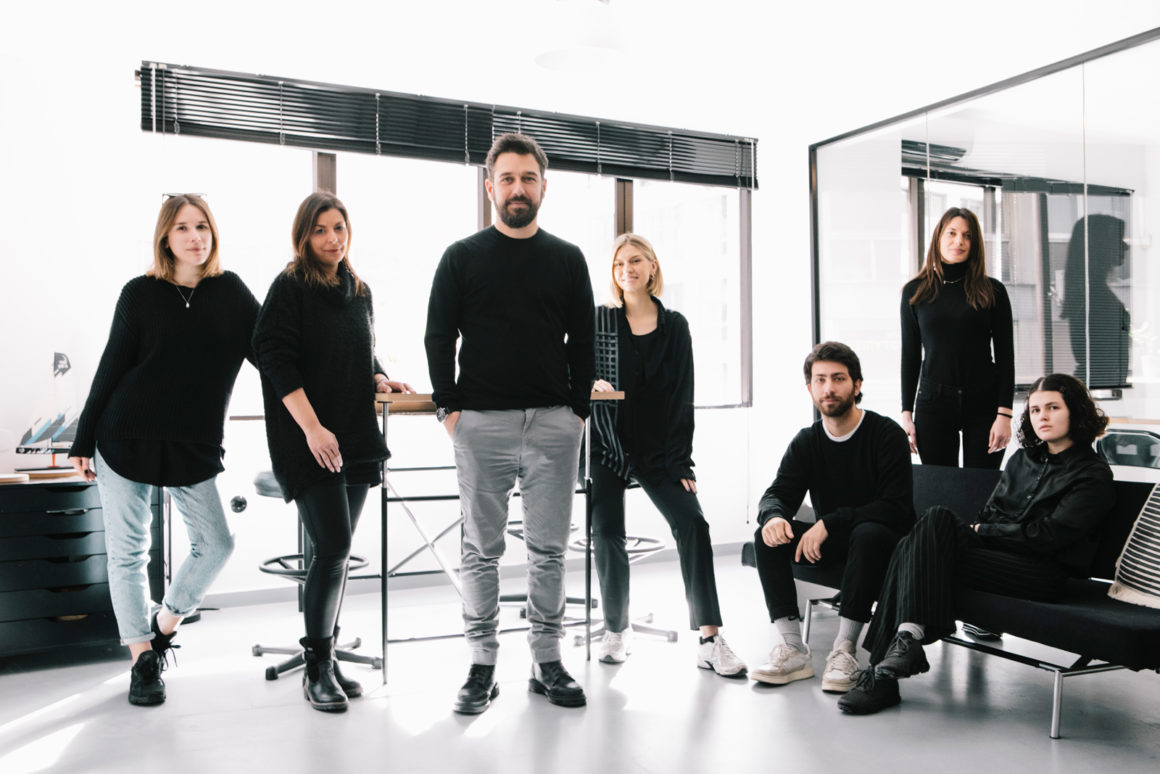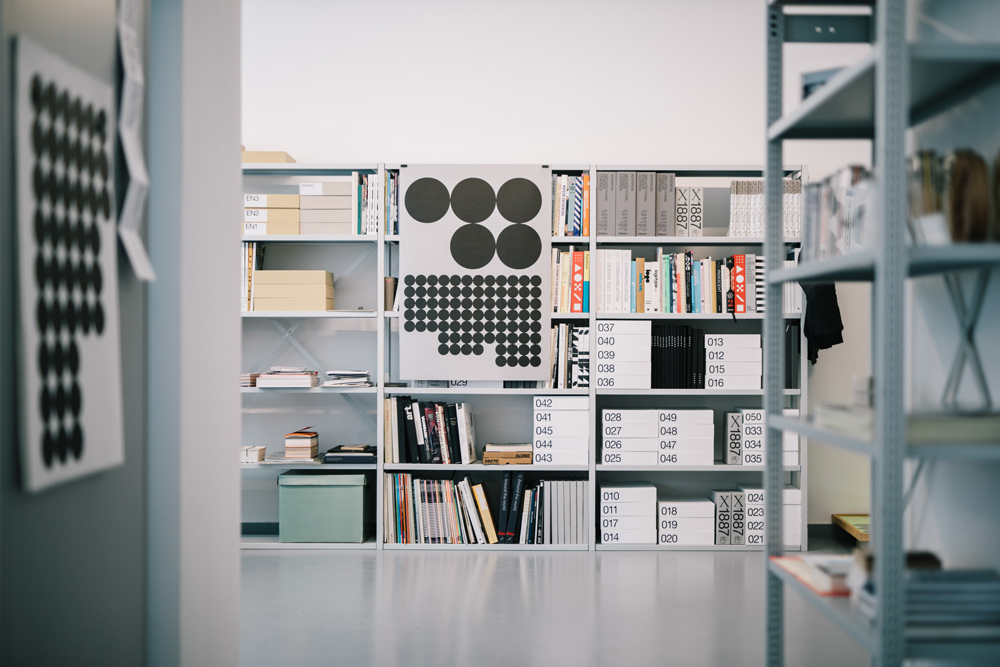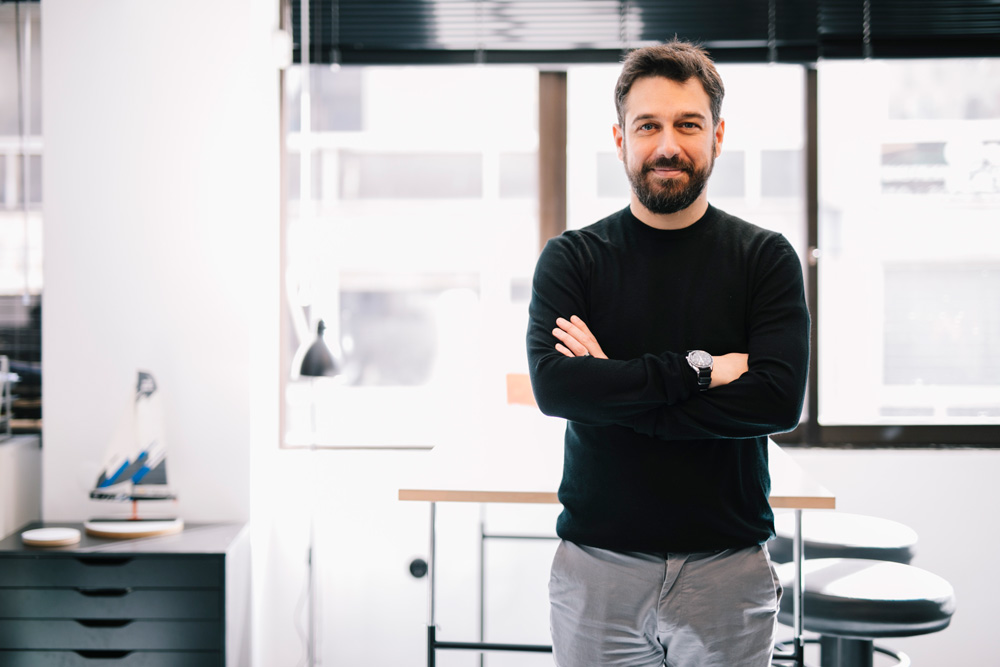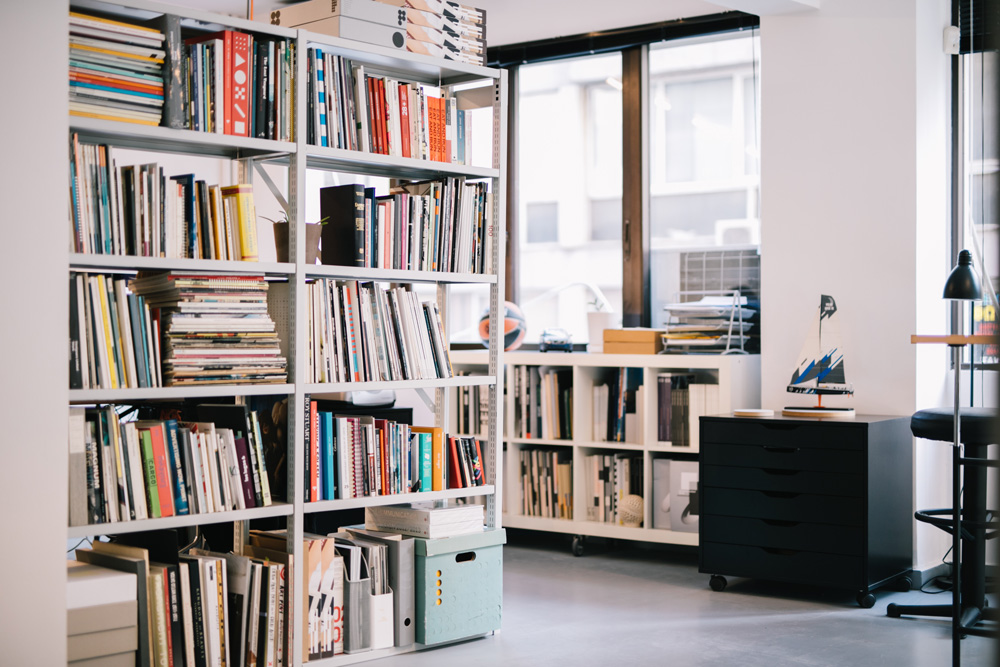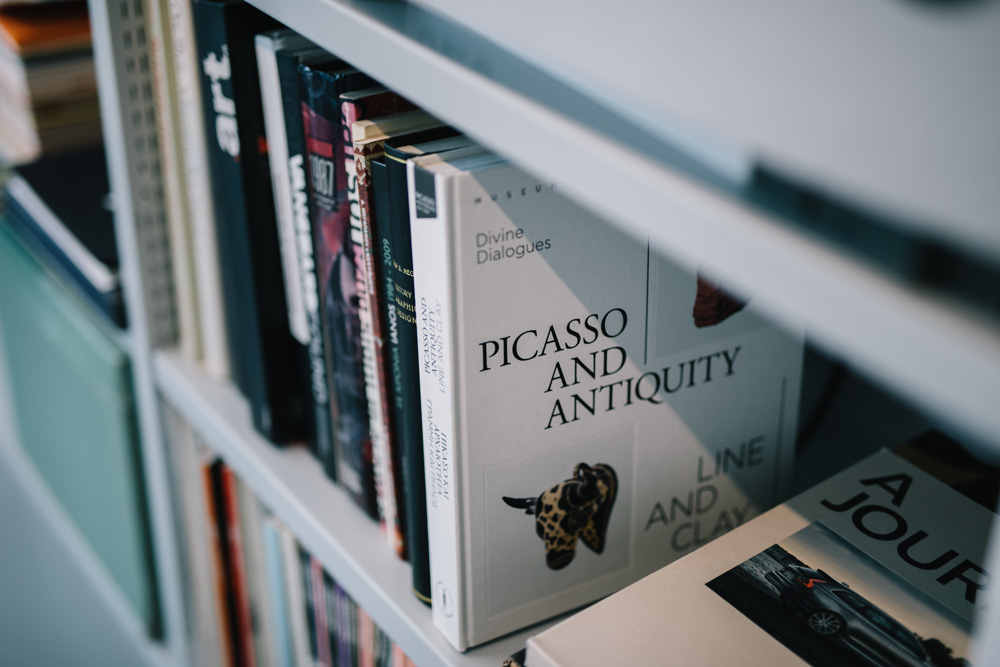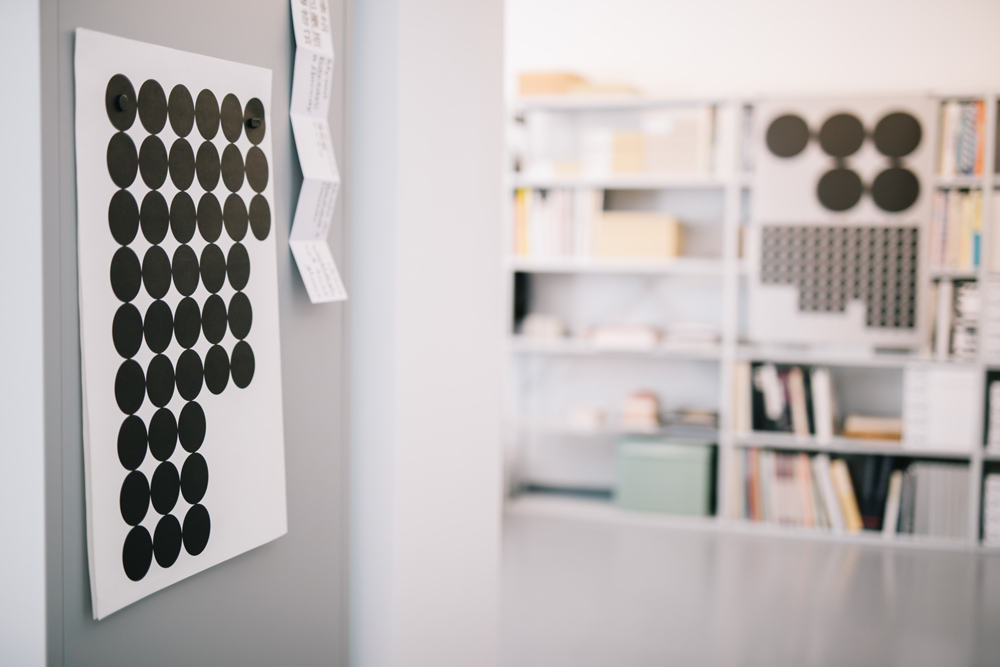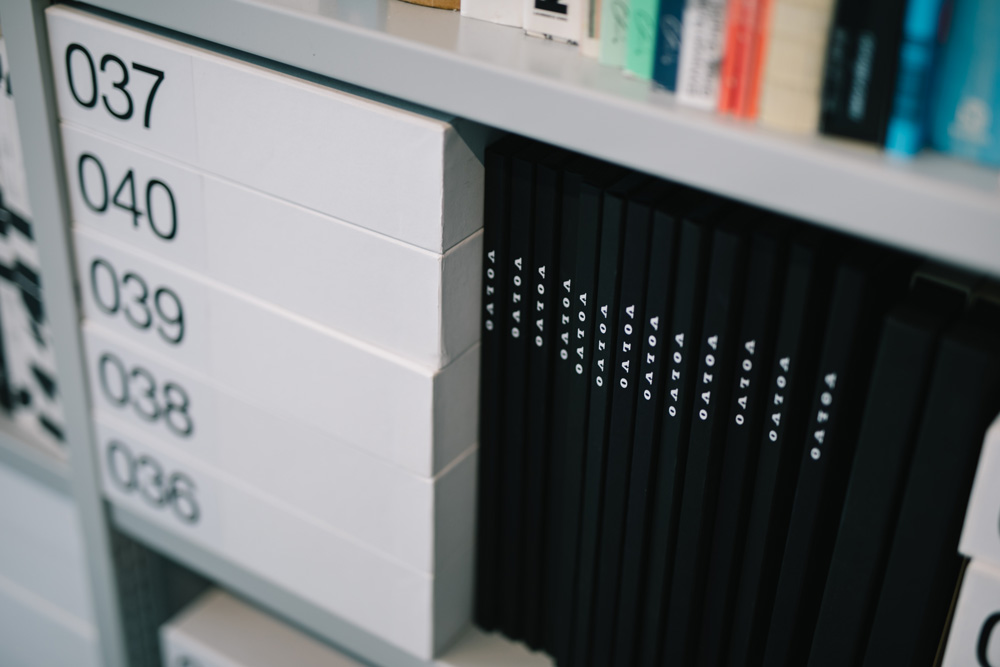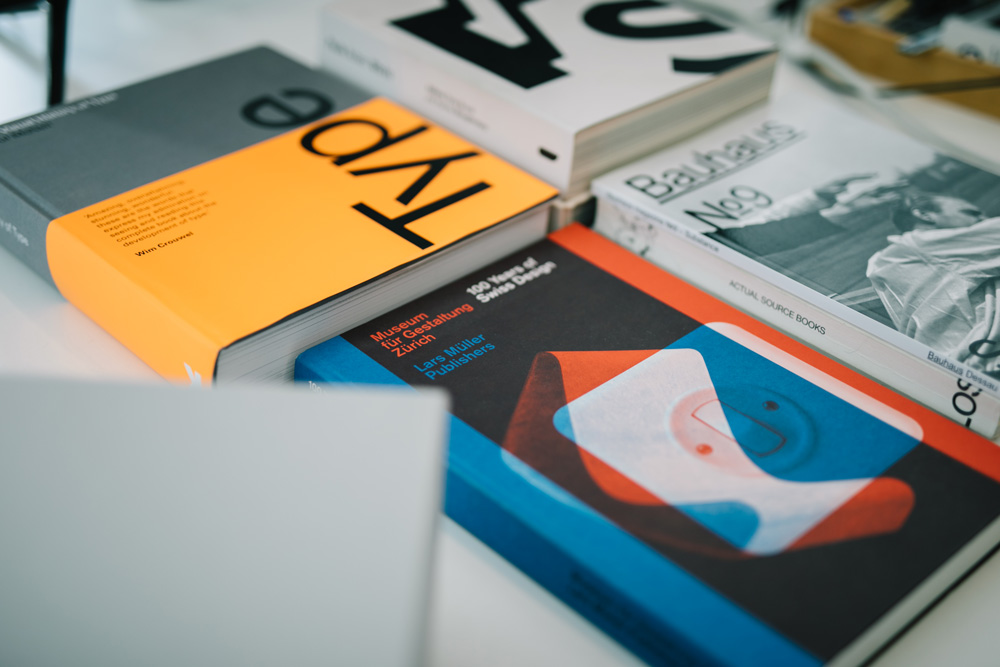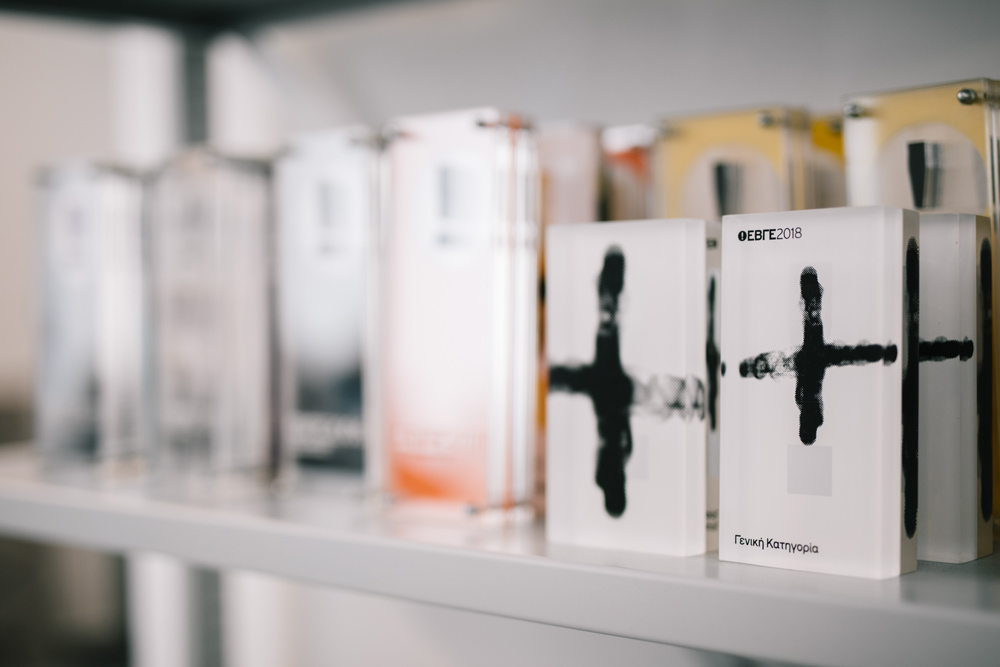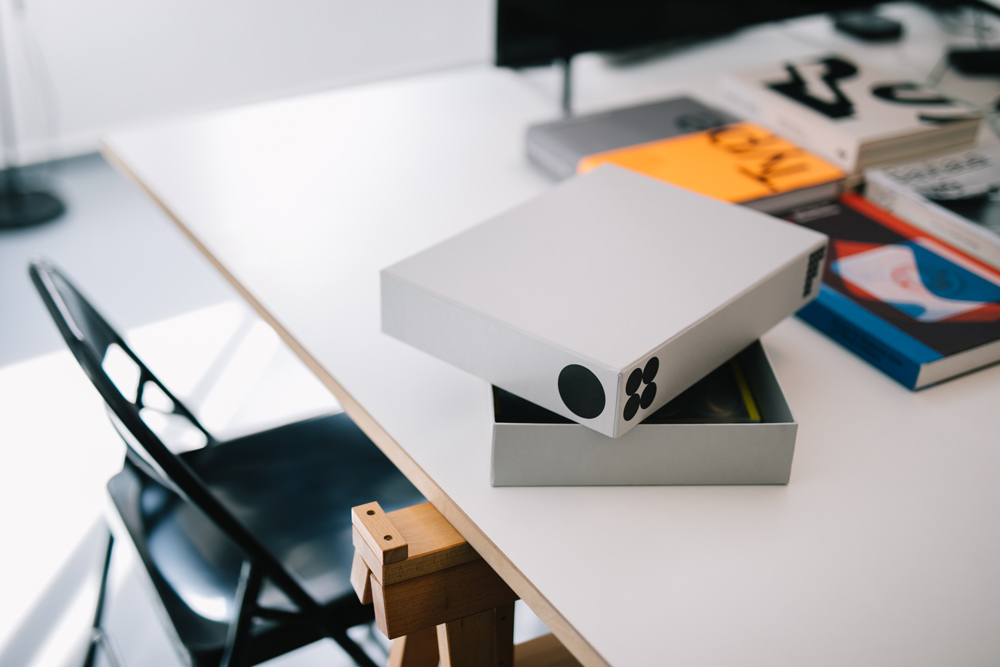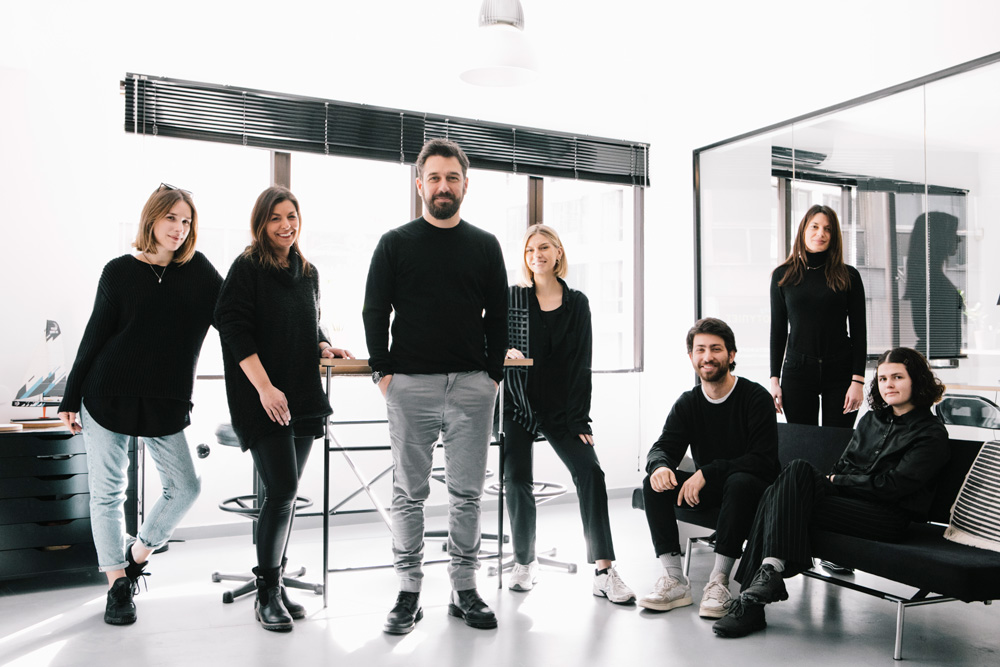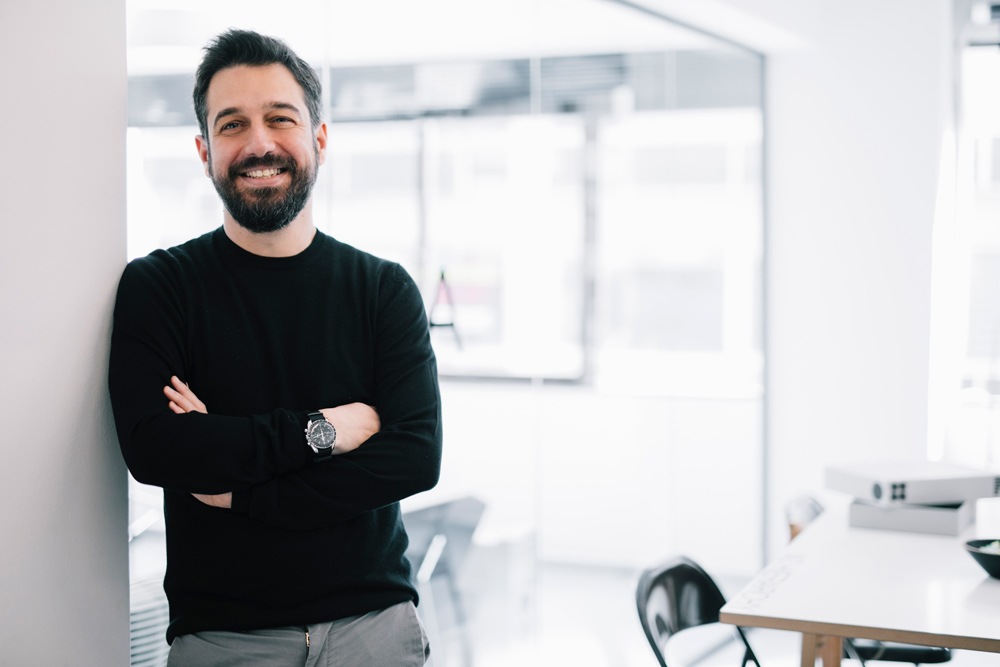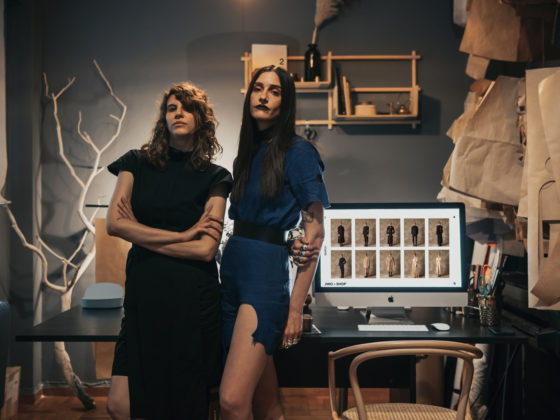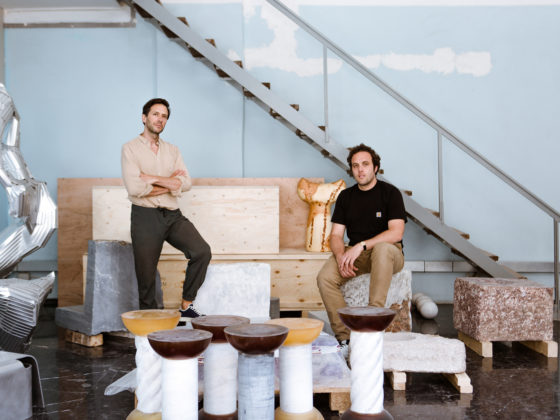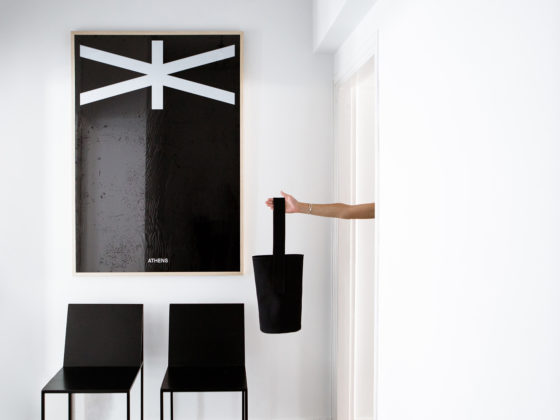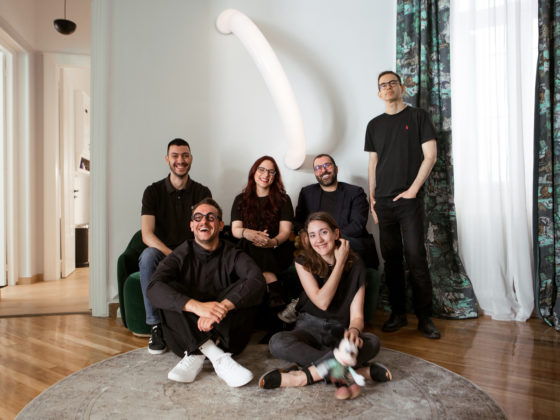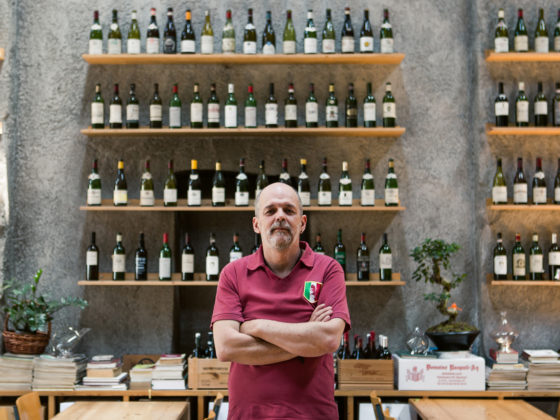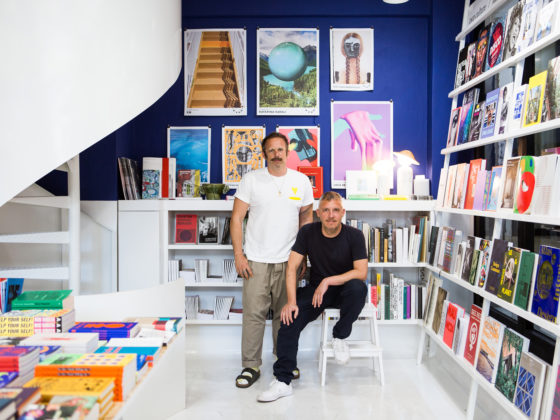Semiotik was founded in 2014 by Dimitris Koliadimas, who was previously co–founder and creative director of Designers United. Since 2005, Dimitris and his team have collaborated with exceptional individuals, great organizations, small start-ups and large multinational brands around the world, providing a wide range of design and consulting services, performing in complex environments and achieving remarkable results. Their work has been awarded numerous national and international distinctions, including D&AD, Red Dot Design Awards, Pentawards and European Design Awards.
How and why did you start this design studio?
In 2015 I founded Semiotik, having previously co-founded and worked as creative director at Designers United. Founding Semiotik, has given me the ability to be able to have autonomy in expression.
What is the history of this space and why did you choose it?
The neighbourhood has a really long history, as it was always a trade center of Thessaloniki. The studio used to be an old craft industry, so during our renovation, we tried to respect the space’s history at its fullest. We took some references from the existing structures and created a functional studio; we could say that we kept the values of the space.
What are your personal challenges and inspirations?
The challenge is always to synthesise knowledge into final designs, to be able to effectively connect the dots. Each outcome is a process of bringing to life our own experiences, knowledge and education.
It’s like a self-powered process that works internally, recalling and opening up all the “boxes” that exist within us.
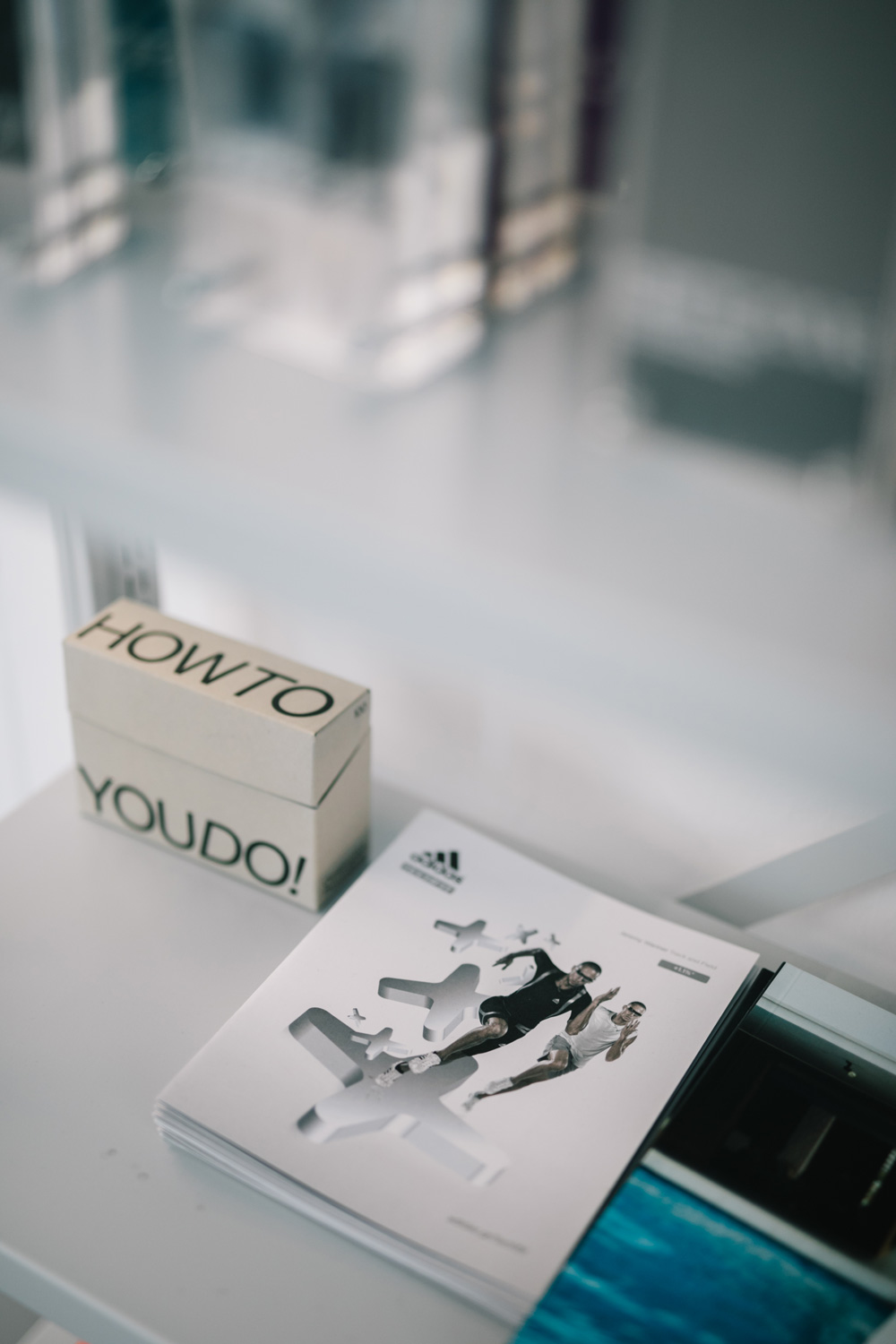
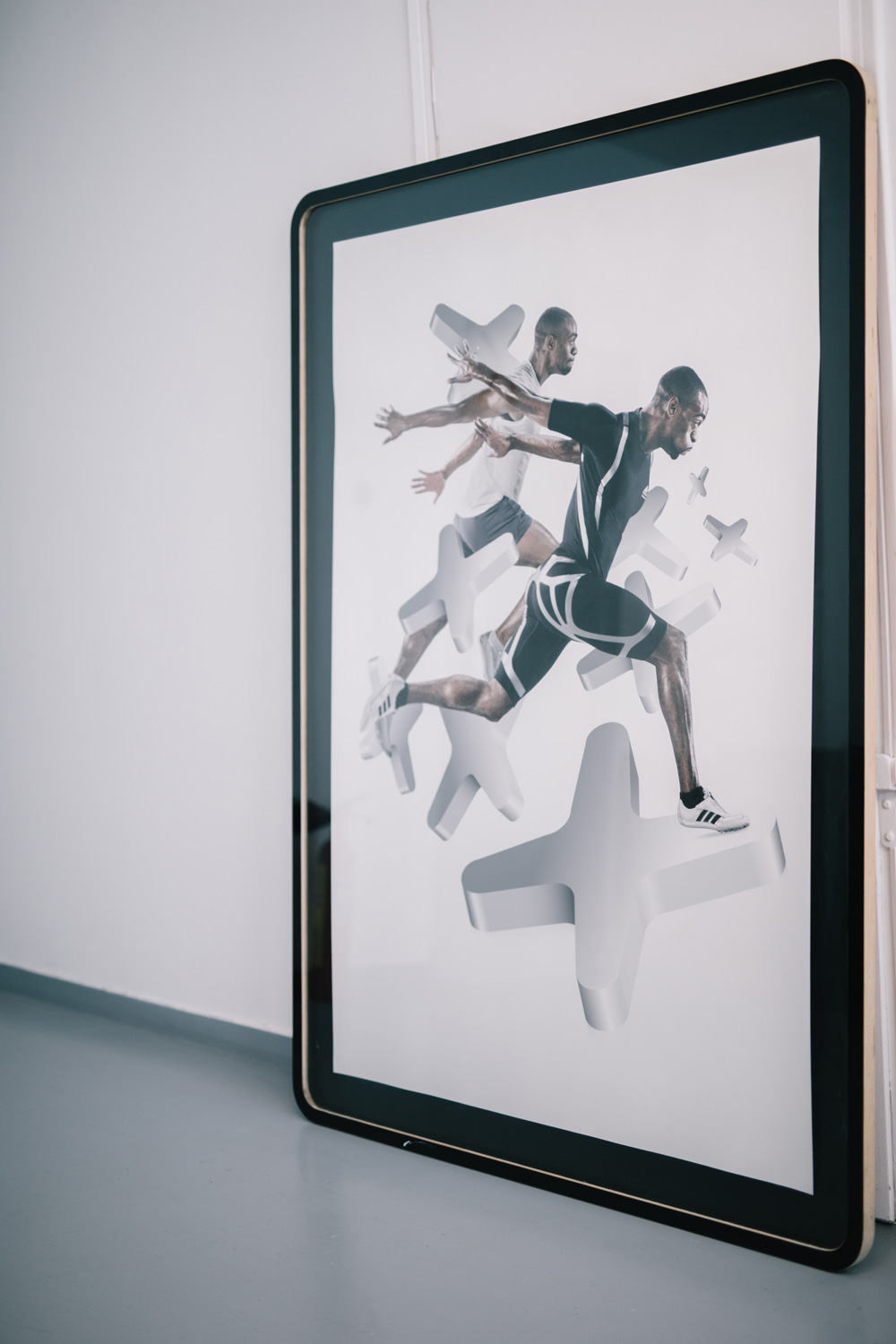
How many hours do you spend in here?
I can’t quite say, cause I’m traveling a lot. But this is my home as well.
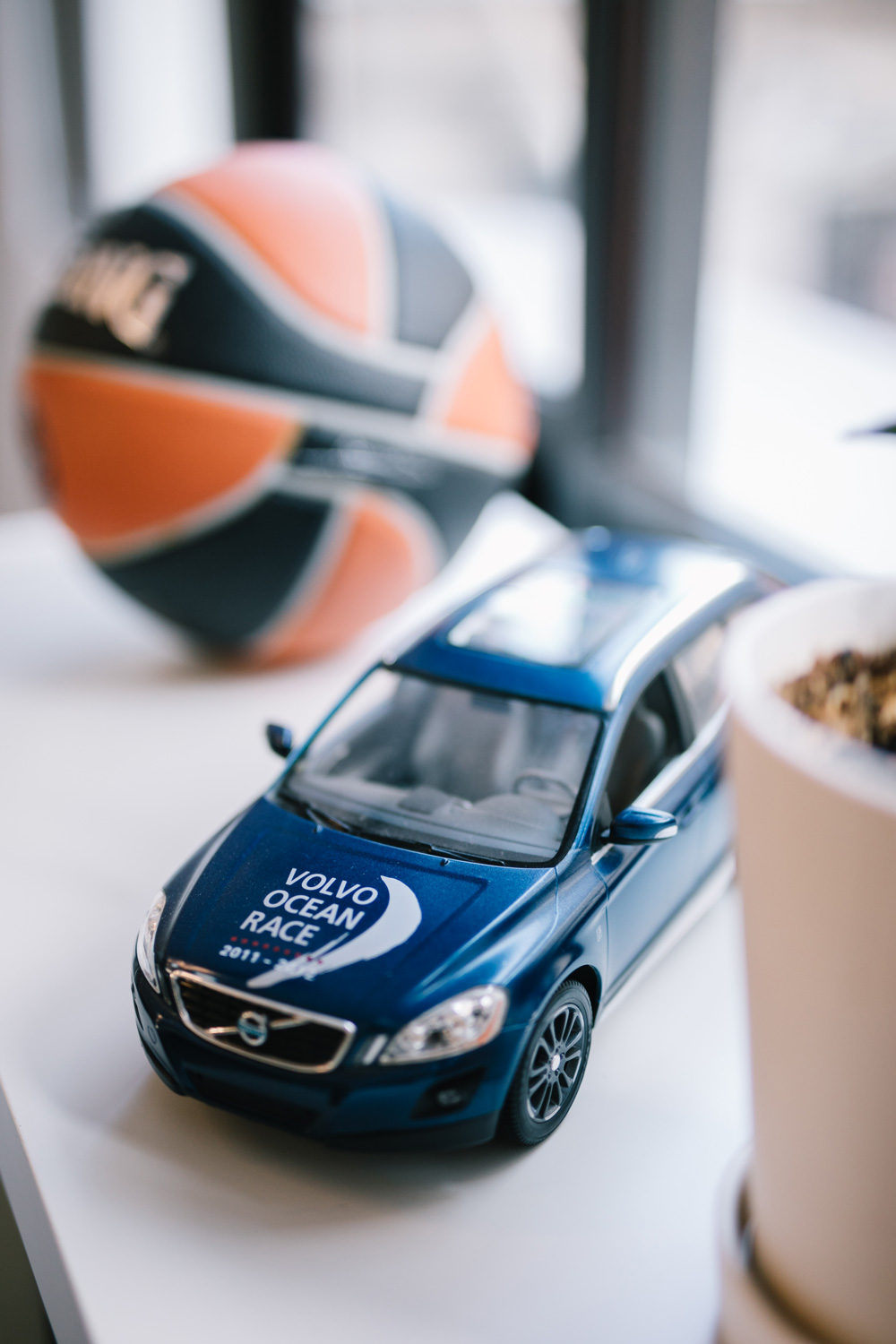
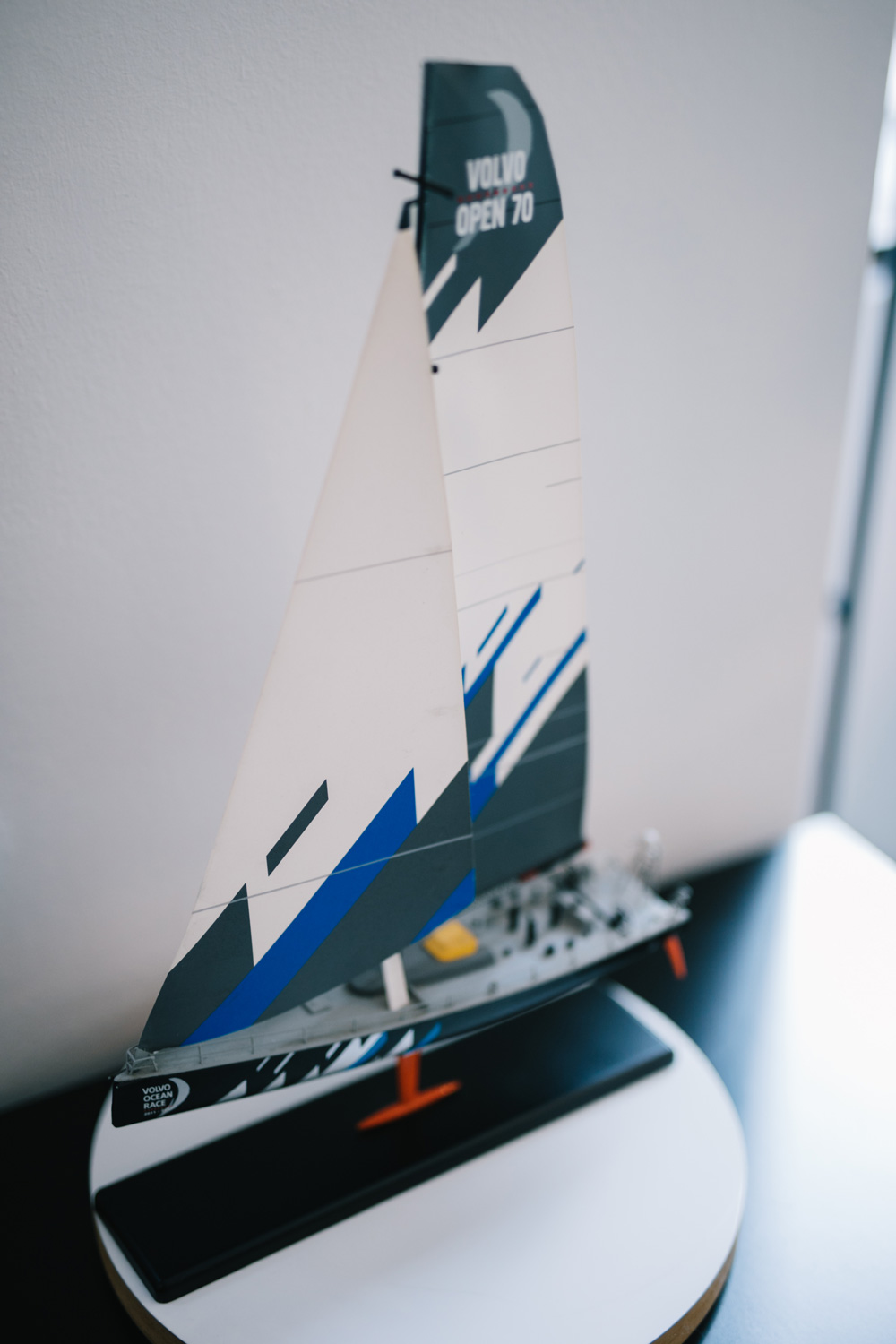
Where do the ideas come from?
It’s not only about ideas. Due to my post-graduate diploma in Research Methodologies in Design, the first step of the design process is always to set up a research. Our work relies on the form and the structure of the form, as well as the experimentation and evolution of it.
How do you lead yourselves from concept to design?
The way we work is exactly the opposite; we develop a methodology to arrive at the right conclusion. We build a toolbox from which we draw different tools that are necessary, in order to create the final design.
Living in the era of images, how can visual communication stand out from the crowd?
The main issue of our time is the information management. Being surrounded by plenty of information, that we don’t actually know what to do with it, this is such a structural issue.
Our work is strongly associated with emotional engagement.
Creating artworks and communication platforms, through our work, people are emotionally involved with a design or an object. That’s the way we work.
Why advertising has turned to be so emotional lately?
I think that advertising has found that promises no longer count. Nowadays, consumers are skeptical and have learned to doubt really easily.
Do your works have any references to Greek culture?
What fascinates me is the fine expression of Greek culture through our poets, creators, architects and musicians. The music of K.Bhta or Michael Delta expresses to me the beauty of contemporary Greek music. Artists, such as the recently passed away Tseklenis, poets like Kiki Dimoula; their work is for me is the so called “fine” Greek culture.
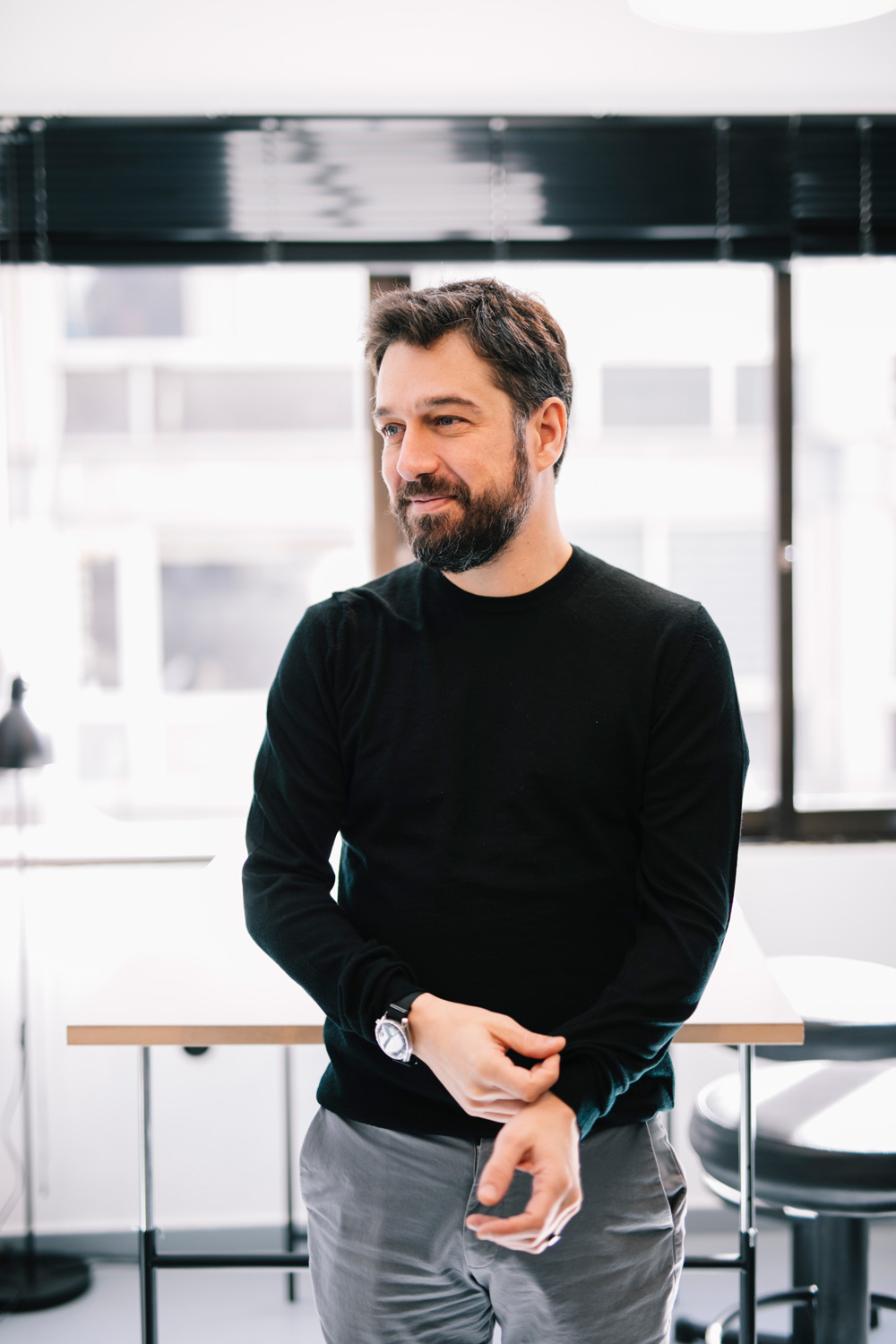
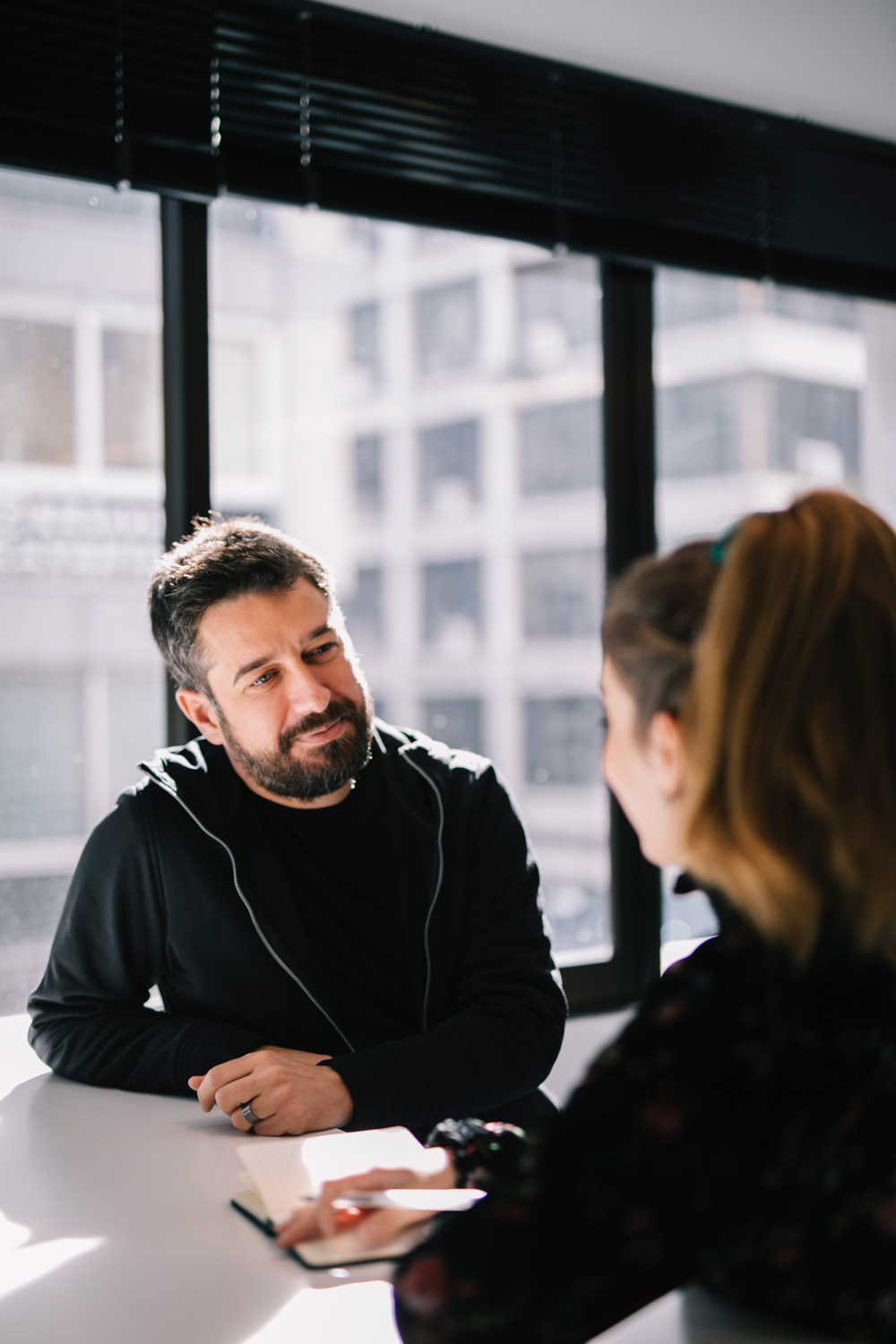
Do you contribute to the fine expression of modern Greek culture through your work?
We try to incorporate Greek elements, always in accordance with our design principles. What expresses me most is a design logic that clearly applies to functionalism, the Bauhaus principles, the communities of creators, the thoughts of many people towards a product and the use of technology.
What part of the design process gives you the most satisfaction?
The phase where we have collected all the data for the project correctly, we evaluate it and there we begin to build the process.
Give us the top 3 tips for inspiring young designers.
Self-education, constantly and permanently, to develop mechanisms whereby all the senses function as a filter for understanding and evaluating the environment where you live.
Experiences. Design is connected with many sciences and arts, it communicates with architecture, art, physics and economics, they all contribute to the final result. So it’s all about the breadth of experiences. Gather information from everywhere.
Persistence, never give up and always try to succeed in things that really matter to you.
What are you excited to have coming up in the future?
The future is now. So let’s see what happens.
What is the best piece of advice you have ever been given?
Never give up doing what you love. Re-search and learn.
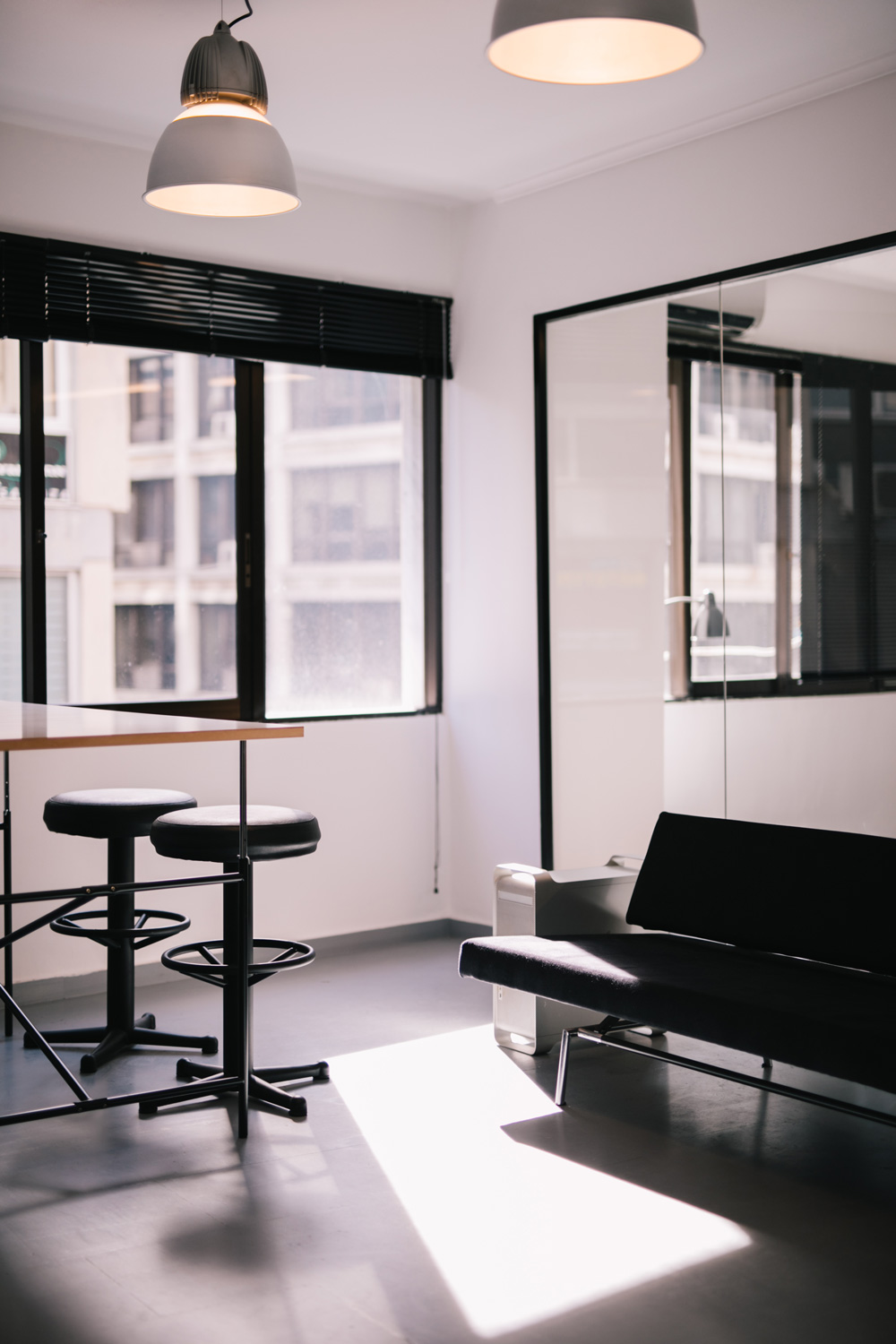
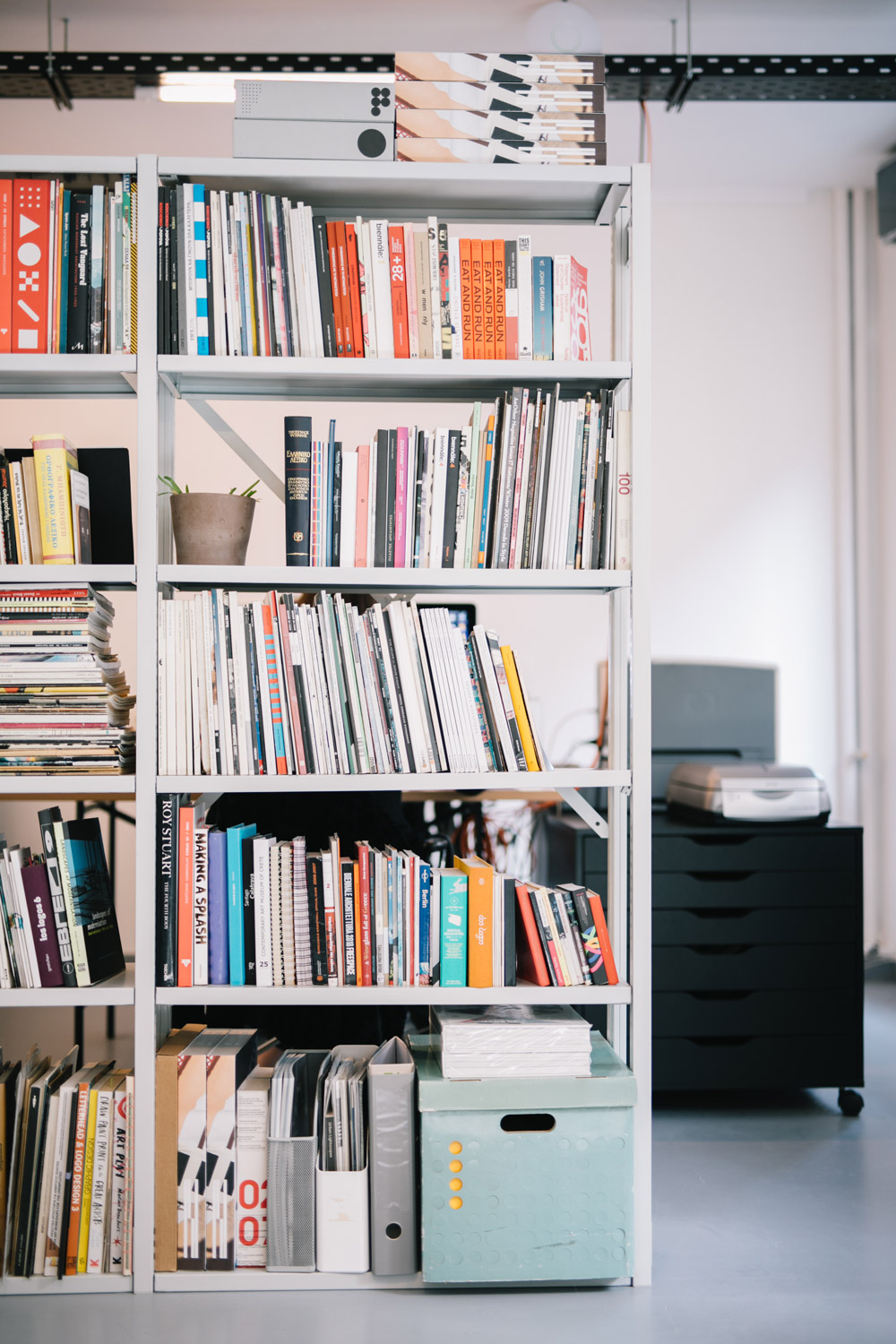
Why do we need branding?
Branding is a very important aspect. In small or large scales, branding provides the right tools that can make a product or service, understandable in every aspect.
Branding always existed, we just didn’t know about it.
Exactly.
